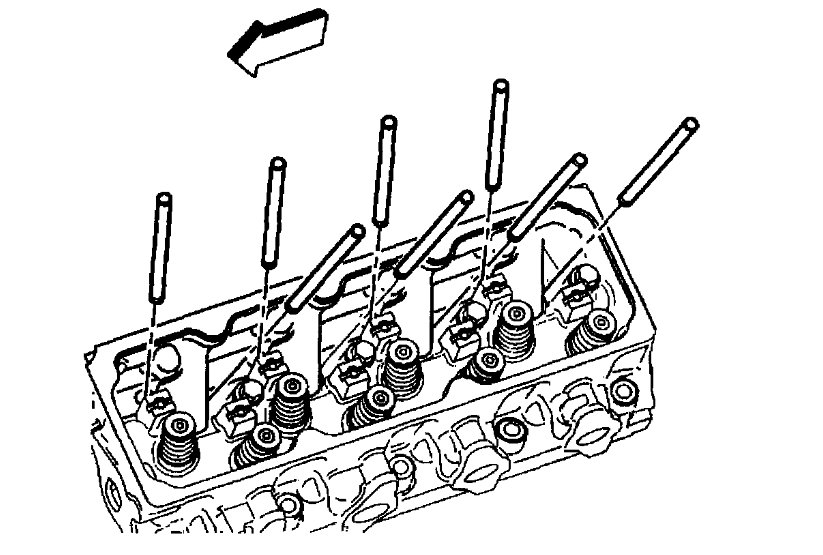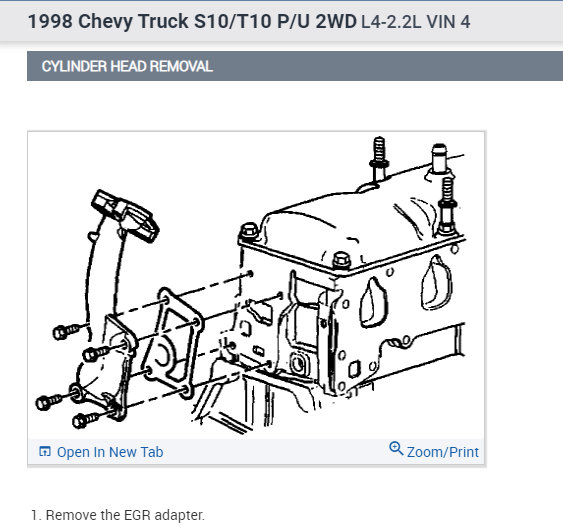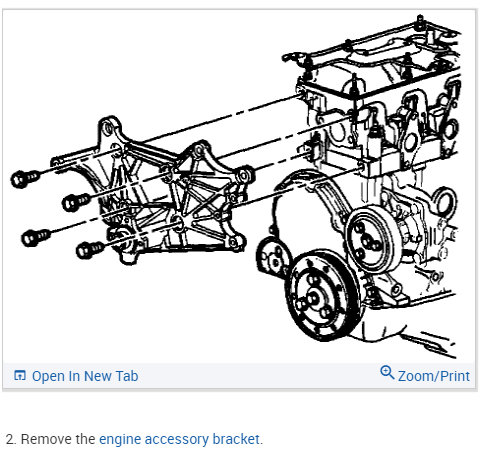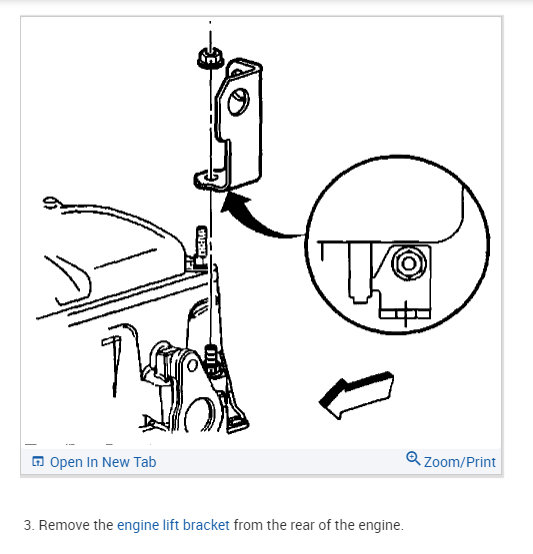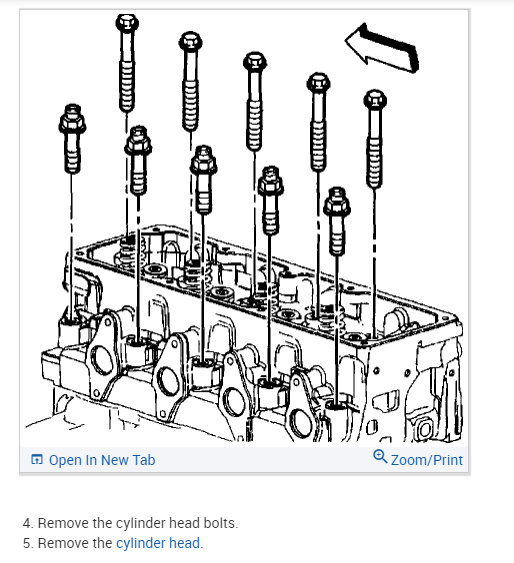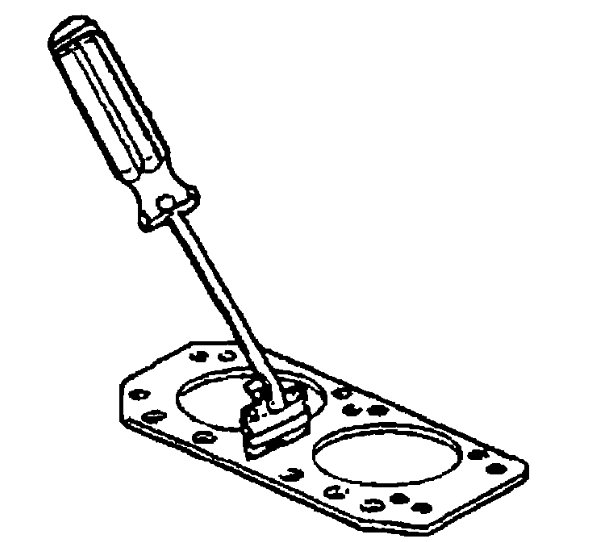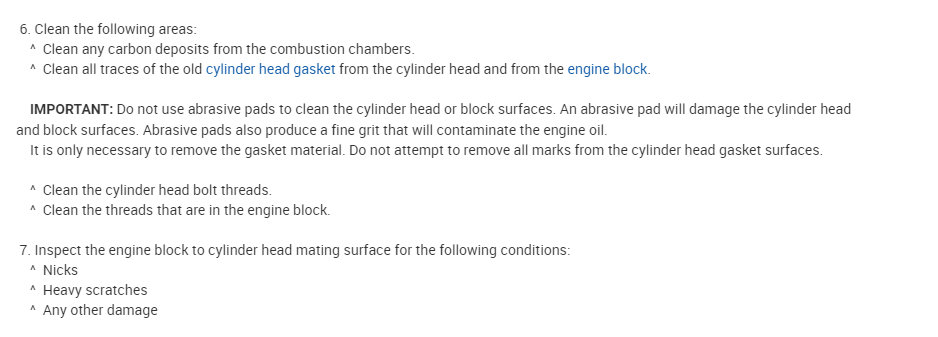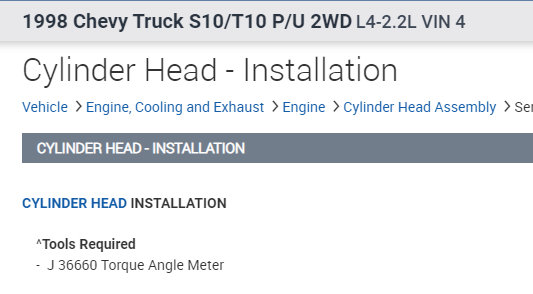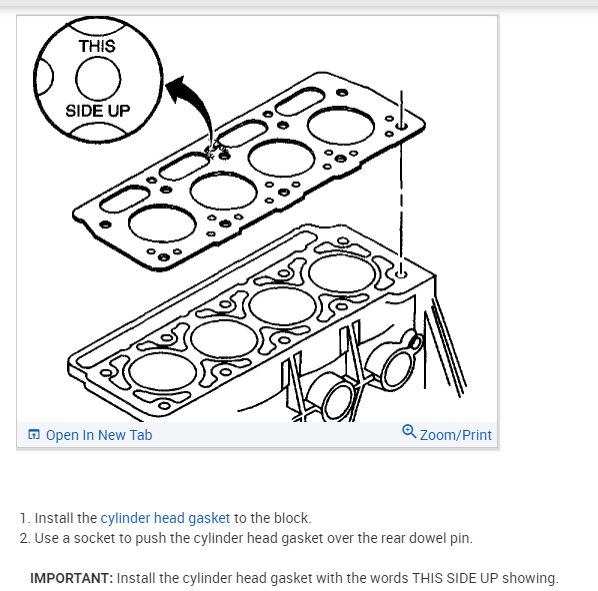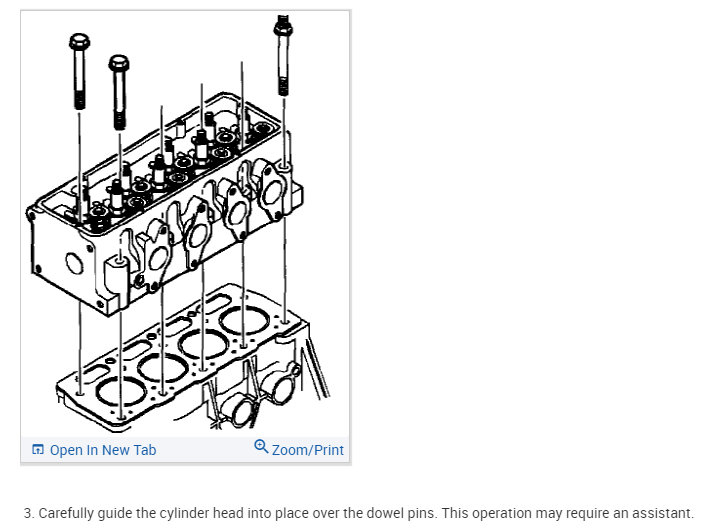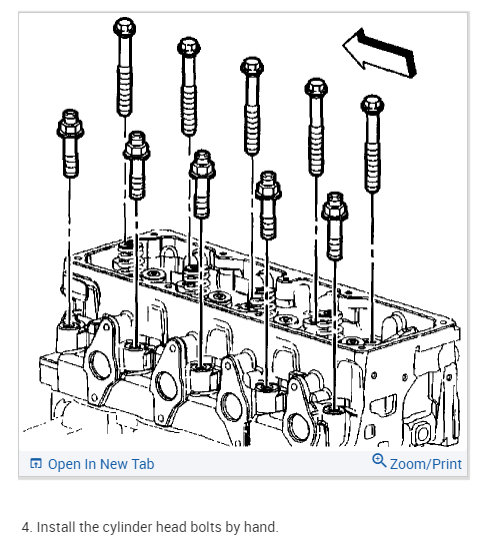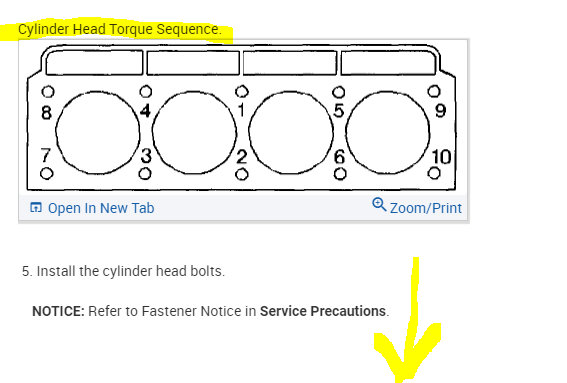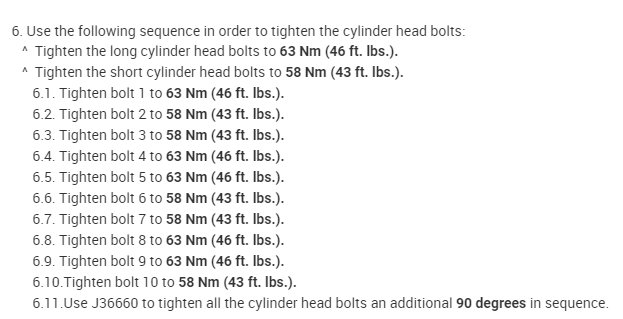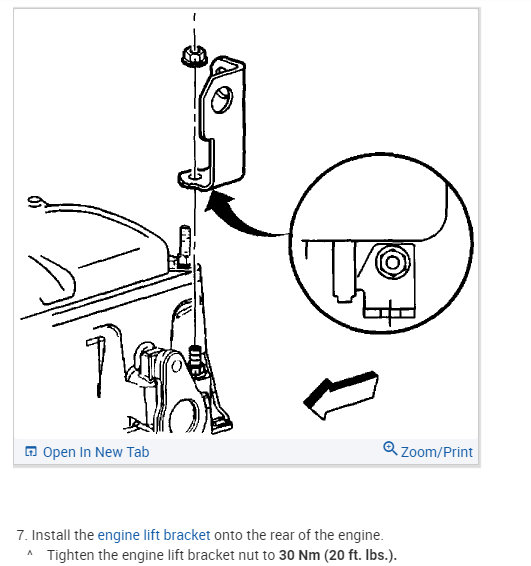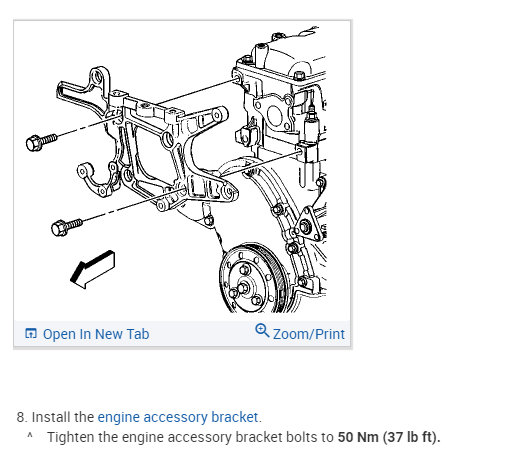So bought a head gasket set and bolts. Removed all that stuff to finally get down to valve cover- removed it. Notice some every other valve is at slight angle and every other one sits straight.
Please tell me there is some way to remove the head with valves untouched as one assembly. To avoid having to adjust each cylinder valve since I have not been successful at adjusting valves in the past.
I mean to say 98 chevy s-10. I just noticed after reading over my long post above that I said 89 s10. That is incorrect. I have a 98 s10. Not sure if that would change the best answer I get or not since they are both antiques. But since I really need the advice on this I want to clarify the correct vehicle. 1998 chevy s10 2200 manual tranny. 4 cylinder, I believe to be rear wheel drive.
SPONSORED LINKS
Wednesday, September 28th, 2022 AT 2:35 PM
